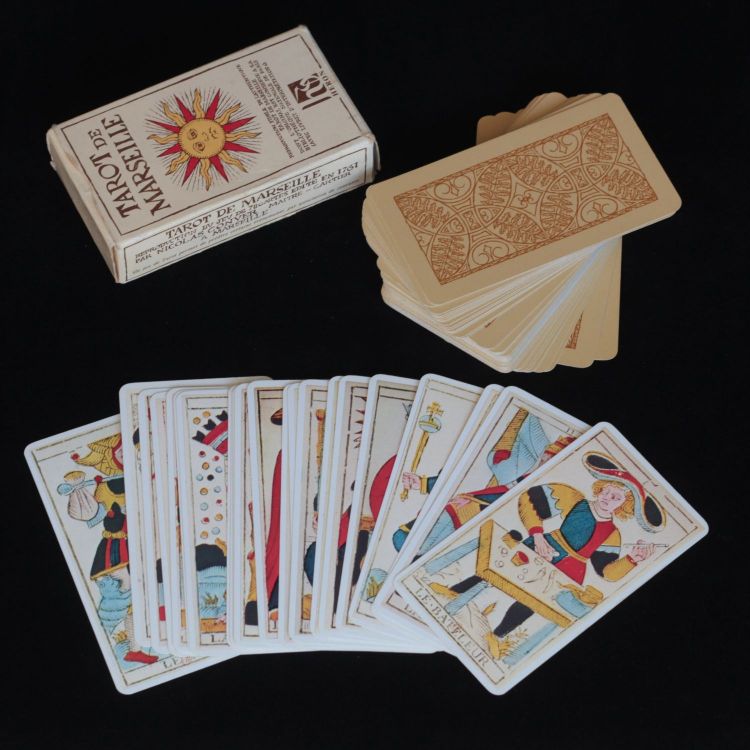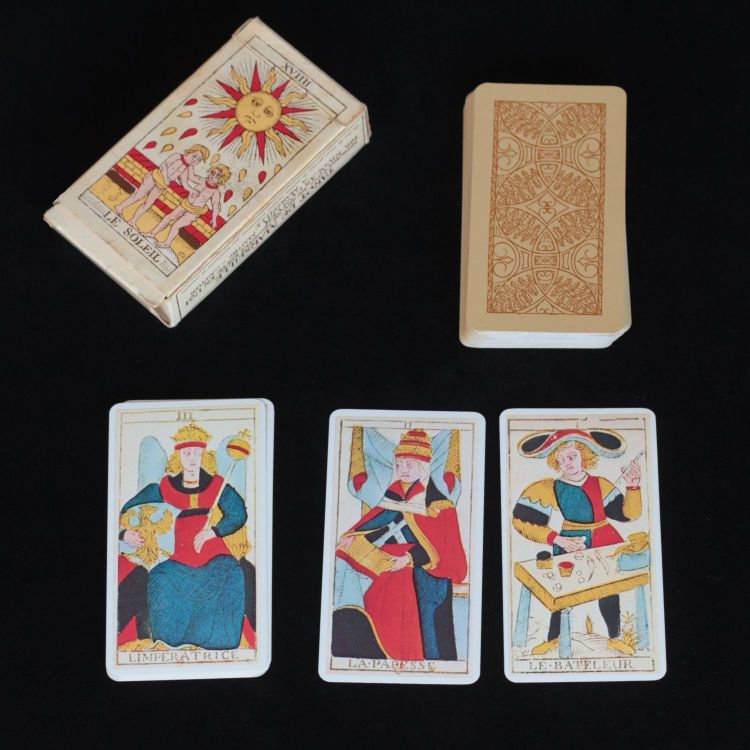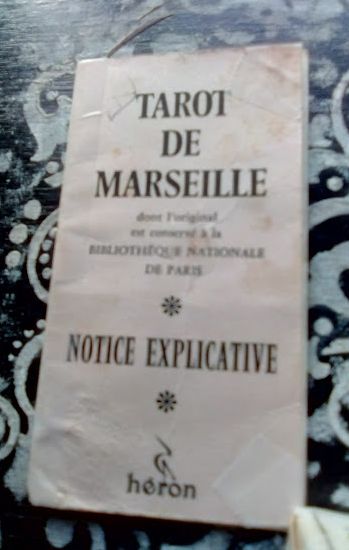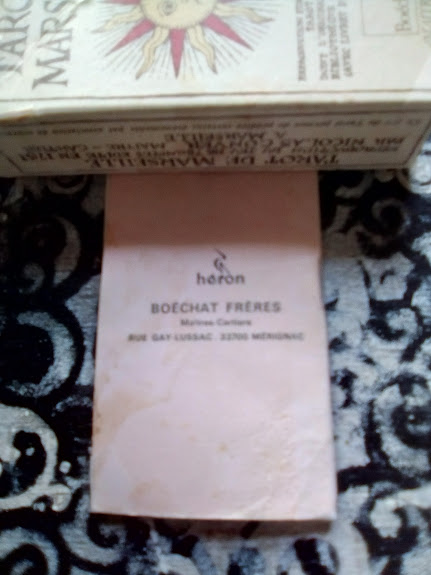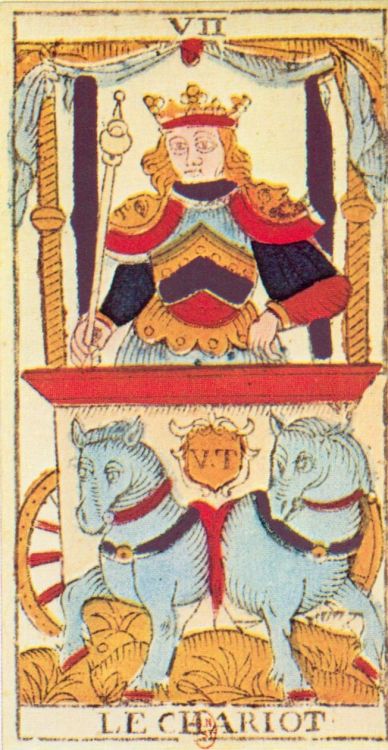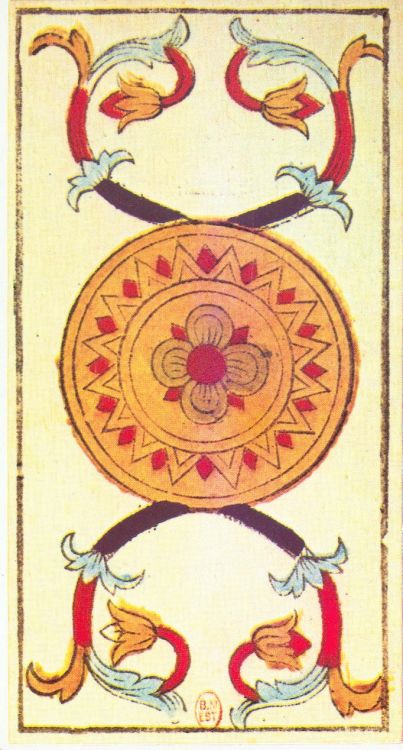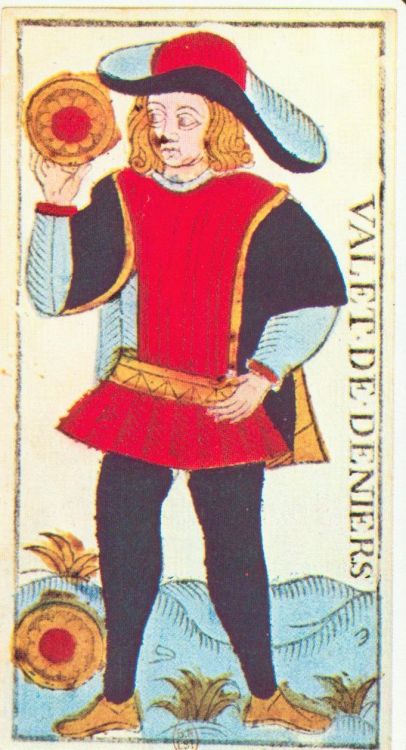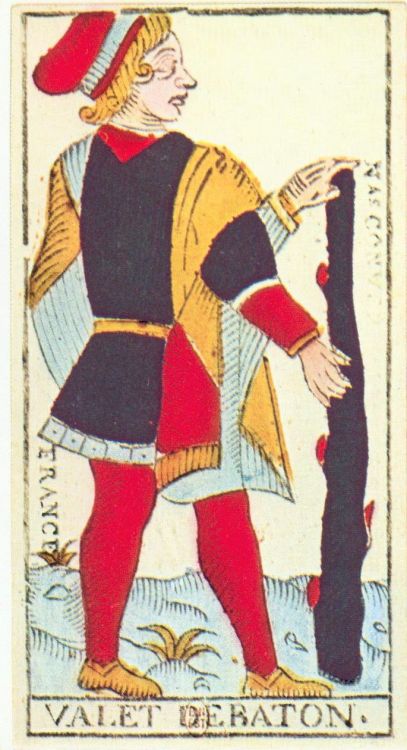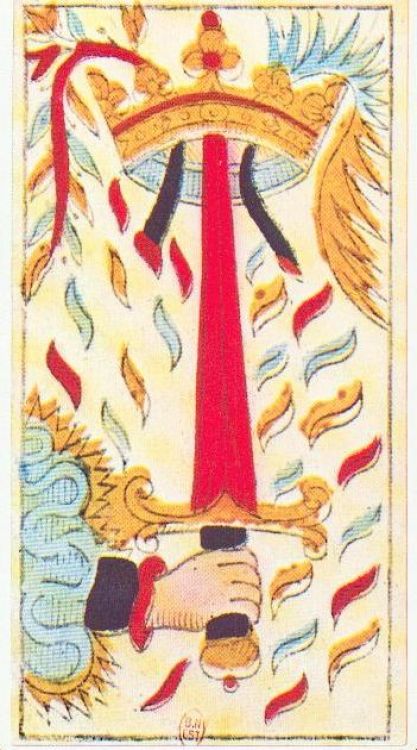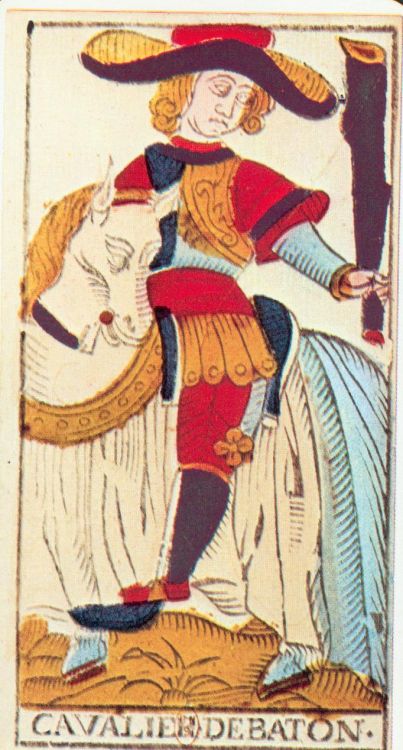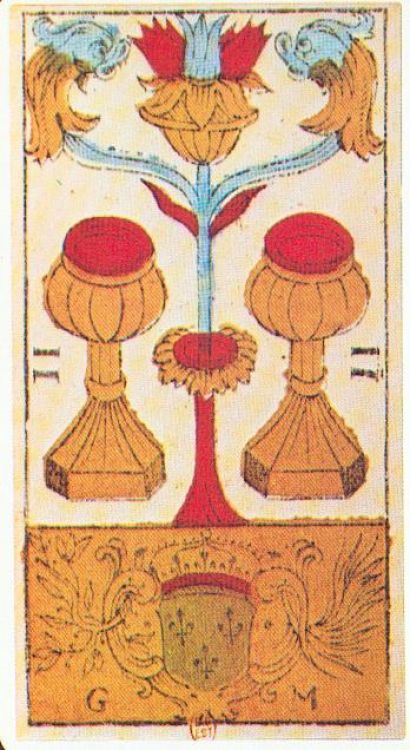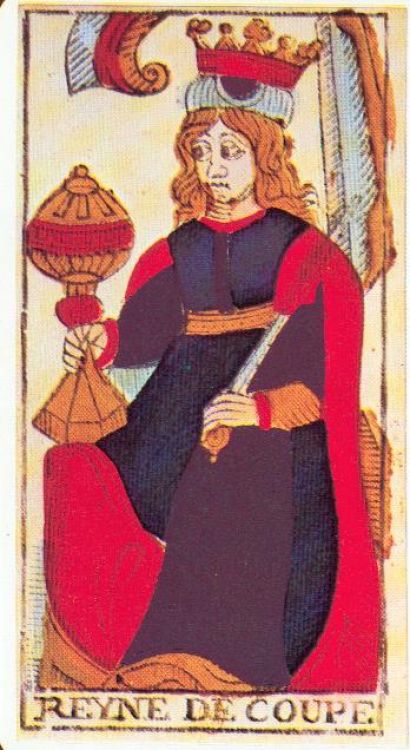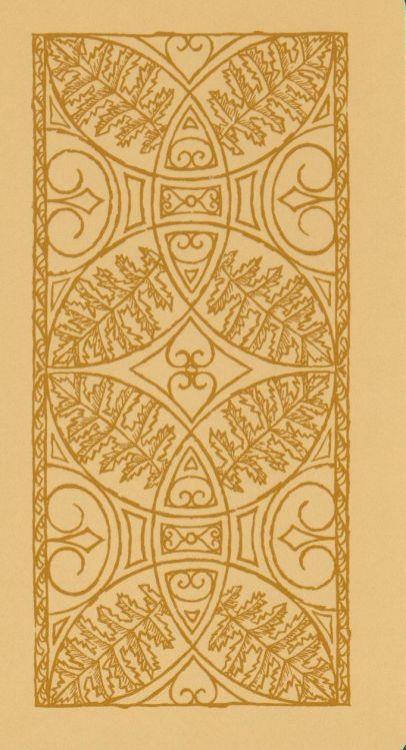Nicolas Conver's Tarot de Marseille dated 1760 has become a reference. We can concede that Nicolas Conver is the heir of a tradition that has evolved over several centuries. And that the tarot model he proposes has been copied and recopied by the following generations of cardmakers. De facto, Nicolas Conver's tarot has become probably the best known representative of the canonical form of the Tarot de Marseille. However, Conver is probably not the author of his own tarot, so we can discuss the legitimacy of the Conver tarot as the standard of the Tarot de Marseille.
Indeed, Isabelle Nadolny in her book "Histoire du Tarot" brings interesting elements about the Conver family. The name Mathieu Conver (Nicolas Conver's father) is mentioned for the first time in the archives of the city of Marseille in 1783-1789. Nicolas Conver, was born himself in 1784 and worked as a master cardmaker from 1809 to 1833. He was therefore unable to engrave or publish a tarot in 1760 ! The explanation of the mystery fortunately remains very simple. It was widespread at the time that pearwood molds, used to print cards, were bought back from card maker to card maker, or even inherited from father to son. In fact, the black line was obtained by xylographic process from a pearwood mould, and this technique lasted until 1880. Nicolas Conver obtained his molds by this means, erased the name of the old cartier to put his own, but he left the date of engraving, probably to gain credibility or legitimacy. I am not talking about Conver as an impostor, but I am simply referring to a common practice among the cartiers, buying back or inheriting the molds.
However, the fact that Nicolas Conver is officiated in 1760 or from 1809 onwards does not change the facts or only slightly. He remains one of the last cardmakers of his generation to have printed Tarot de Marseille cards. Indeed, the popularity of the Tarot de Marseille was already declining in 1760, as the production of such tarot cards was concentrated in Marseille. Paris and Lyon no longer produced tarot cards because the stencil coloring had six shades (not counting the black line) and made the cards expensive. Moreover, the so-called French signs (Heart, Spades, Clubs, Diamonds) were already preferred by the French. The Conver model was then retained by publishers who continued to produce tarot cards. Thus, the Conver tarot became a reference.
But above all if the Conver has been so popular, it is because of the wide distribution of Paul Marteau's tarot published in 1930 by Grimaud, which is based on the Conver canon. For two generations, the Grimaud tarot called "L'Ancien (Old) Tarot de Marseille" was the only Tarot de Marseille published in France.
It is important to understand that the Conver tarot is the result of a long evolution. Indeed, the first Tarot de Marseille type II was created by Pierre Madenié from Dijon in 1709. Other Tarot cards such as Jean-Pierre Payen (Avignon, 1713), Francois heri (Solothurn/Switzerland, 1718), Jean-Pierre Laurent (Belfort, 1735), François Chosson (Marseille, 1736), Pierre Cheminade (Serravalle-Sesia/Italy, 1742), Claude Burdel (Fribourg, 1745), or Claude Rochias (St Sulpice/Switzerland, 1754) to name a few. Today we have a significant quantity of Tarot de Marseille cards of different authors and from different periods (preserved at the Bibliothèque Nationale de France, among others). This abundance of decks demonstrates the variety of graphics and colors that "suddenly" froze with the Conver model. Thanks to these tarot cards kept in libraries and museums, we understand better nowadays, that Nicolas Conver's tarot is not the first tarot of Marseille. It would be more the synthesis of the evolution of the tarot cards, the sum of the know-how of the French cartiers.
